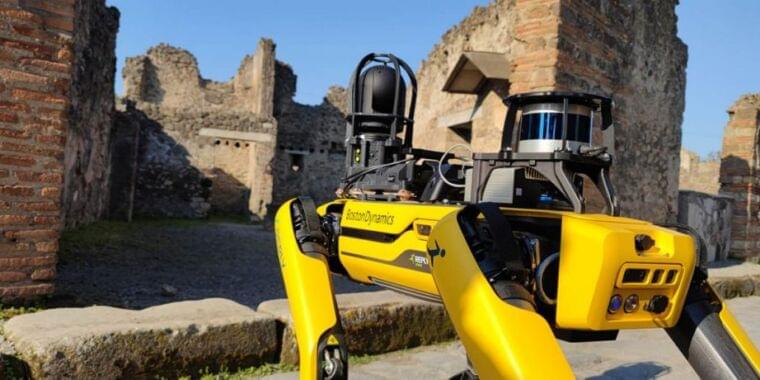AI will completely take over game development by the early 2030s. To a point where there will be almost no human developers. Just people telling AI what they want to play and it builds it in real time.
Over the past few years we’ve seen massive improvements in AI technology, from GPT-3, AI picture generation to self-driving cars and drug discovery. But can machine learning progress change games?
Note: AI has many subsets, in this article when I say AI I’m referring to machine learning algorithms.
First important question to ask is, will AI even change anything? Why use machine learning when you can just hardcode movement and dialogues? The answer to this question can be found in replayability and immersive gameplay.







